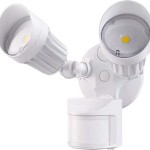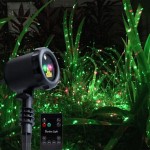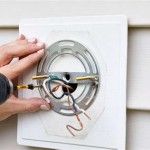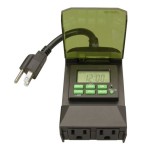Best Settings For Low Light Outdoor Photography: Essential Aspects
Low light outdoor photography can be challenging, but knowing the right settings can dramatically improve your results. Here are the essential aspects to consider when capturing stunning shots in low light conditions: ### ApertureAperture, measured in f-stops, controls the depth of field in your image. In low light, a wider aperture (lower f-stop number) is preferred to maximize light entering the camera. Wider apertures, such as f/2.8, f/1.8, or even f/1.2, allow more light to reach the sensor, resulting in brighter images.
### Shutter SpeedShutter speed, measured in seconds or fractions of a second, controls the duration of time the camera shutter stays open to expose the image. In low light, a slower shutter speed is required to capture sufficient light. However, slower shutter speeds can also lead to blurry images due to camera shake. To prevent this, use a tripod or stabilize the camera using other techniques like leaning against a surface.
### ISOISO measures the camera sensor's sensitivity to light. Higher ISO values increase the sensitivity, allowing you to capture brighter images in low light. However, higher ISO settings can also introduce noise or grain into the image. Start with a low ISO (e.g., ISO 100 or 200) and gradually increase it as needed to achieve the desired brightness while minimizing noise.
### White BalanceWhite balance ensures that colors in the image are accurate despite the changing lighting conditions. In low light, the camera may struggle to adjust to the available light, leading to color casts or inaccurate colors. Use the camera's white balance settings to adjust the color temperature and ensure accurate color reproduction.
### FocusAutofocus systems may struggle in low light, resulting in blurry or out-of-focus shots. Use manual focus or switch to low-light autofocus modes to achieve accurate focus in such conditions. Focus on a specific subject or object to create a sharp and visually appealing image.
### TripodUsing a tripod is highly recommended for low light outdoor photography. A tripod stabilizes the camera, preventing camera shake and allowing for slower shutter speeds without compromising sharpness. This is especially important for capturing night scenes or astrophotography.
### Conclusion Mastering these essential settings for low light outdoor photography will empower you to capture breathtaking images in challenging conditions. By adjusting the aperture, shutter speed, ISO, white balance, focus, and using a tripod, you can harness the power of photography to evoke emotions, tell stories, and create unforgettable moments in the dark.
Professional S Guide To Landscape Lighting Photography

How To Shoot Wedding Photos In Low Light Jasmine Star

The Best Iso Settings For Amazing Low Light Photography Adobe

Iso How To Take Control And Get Better Photos In Low Light

Understanding Exposure In Photography Rei Expert Advice

Night Photography Tips For Beginners Adobe

Star Photography The Definitive Guide 2024 Dave Morrow

Light Trail Photography Adobe

Best Low Light S Comparison Chart Phototraces Landscape Photography Tips Dslr

Diffraction Aperture And Starburst Effects
Related Posts







